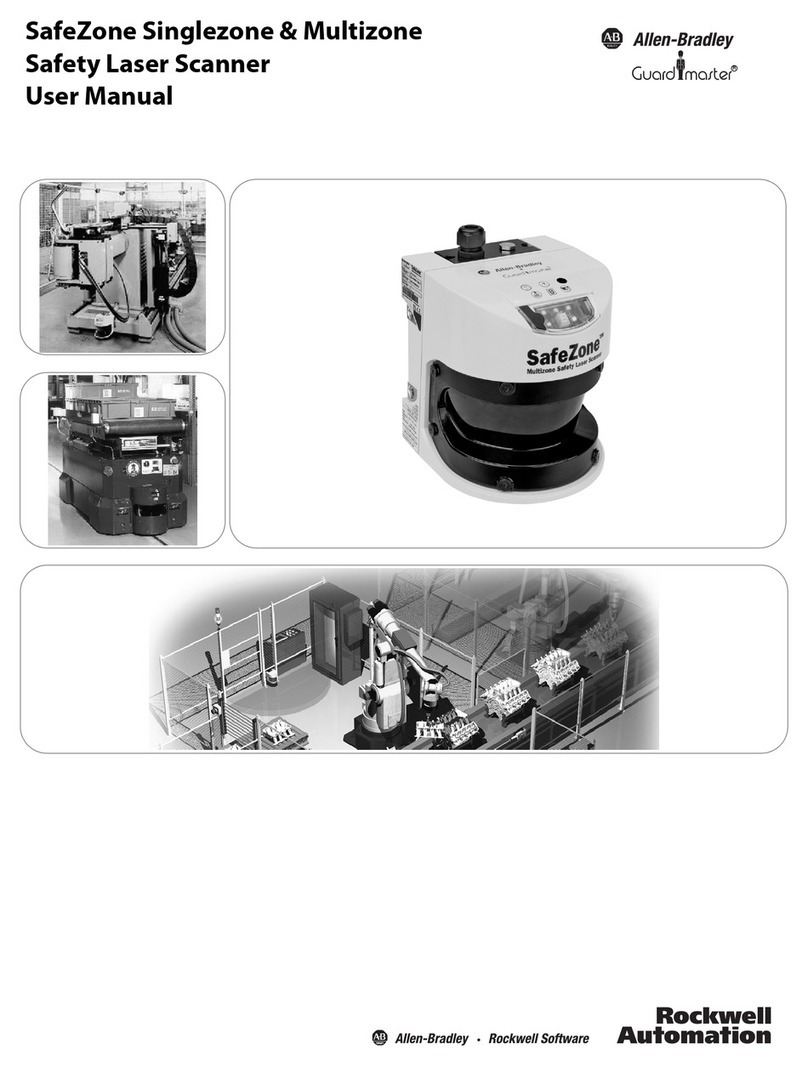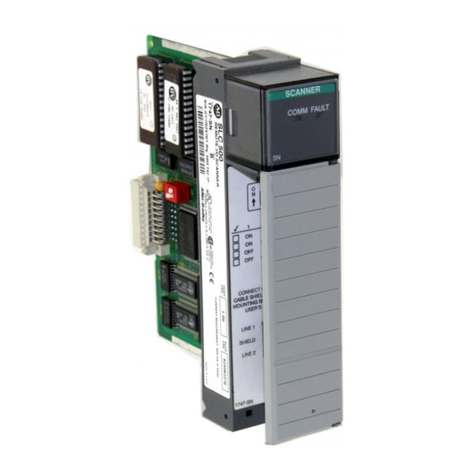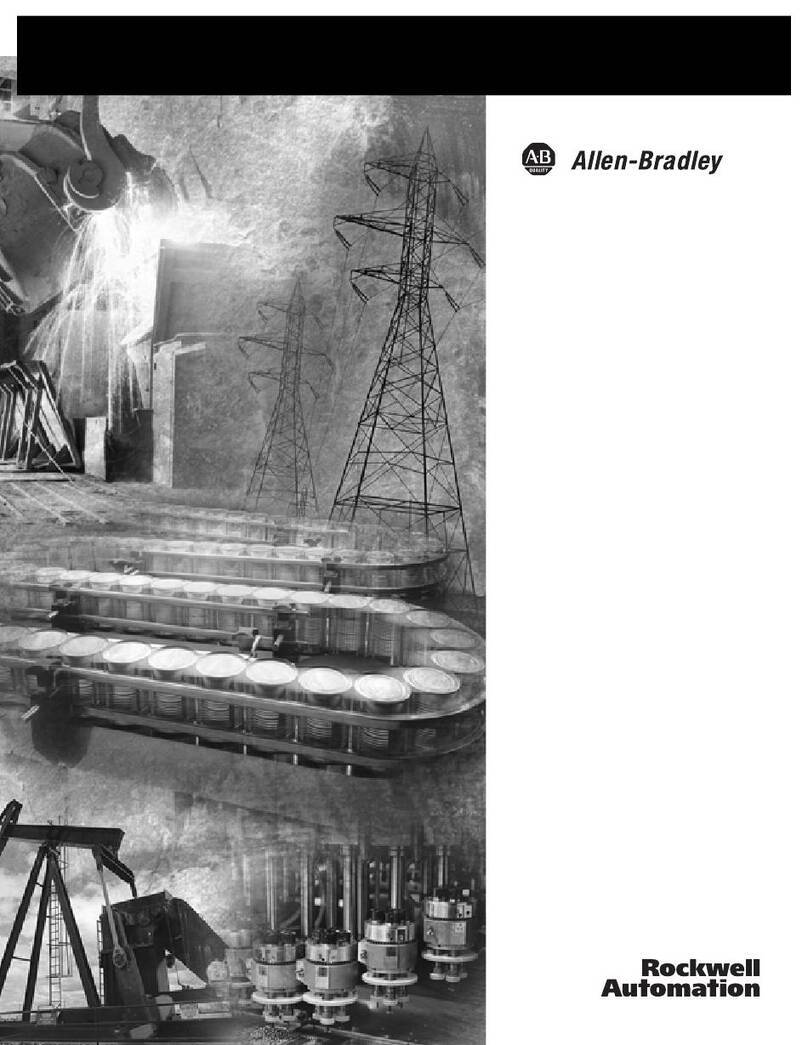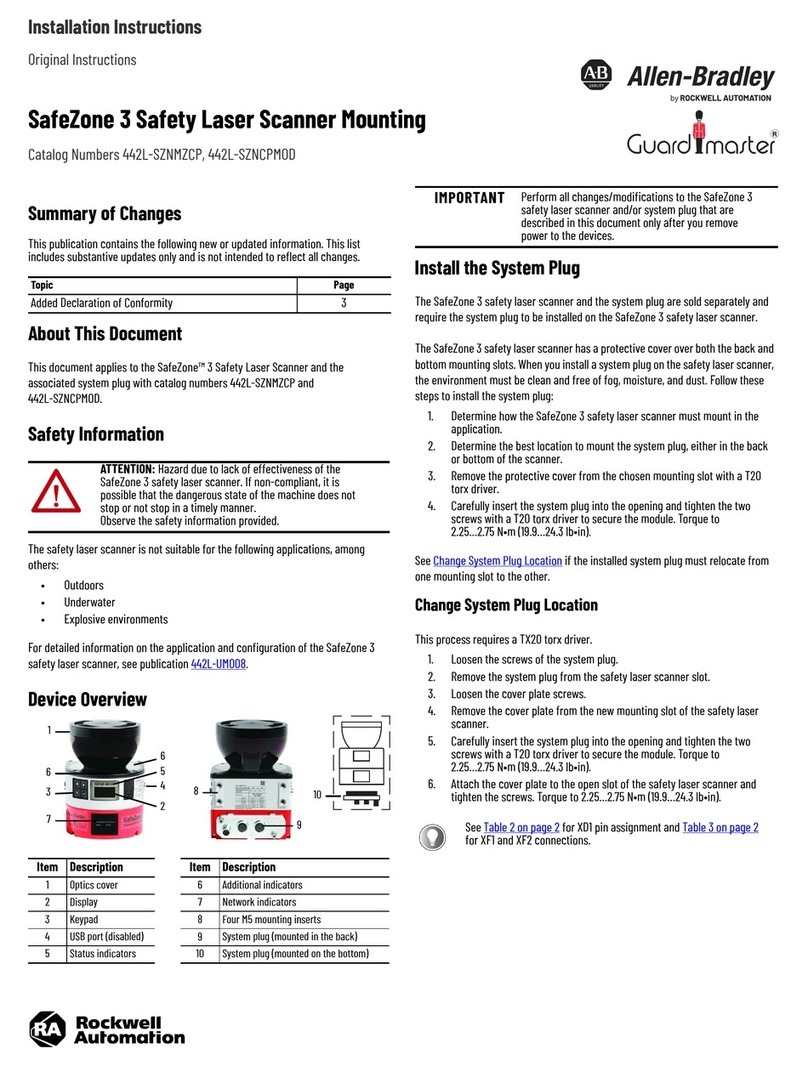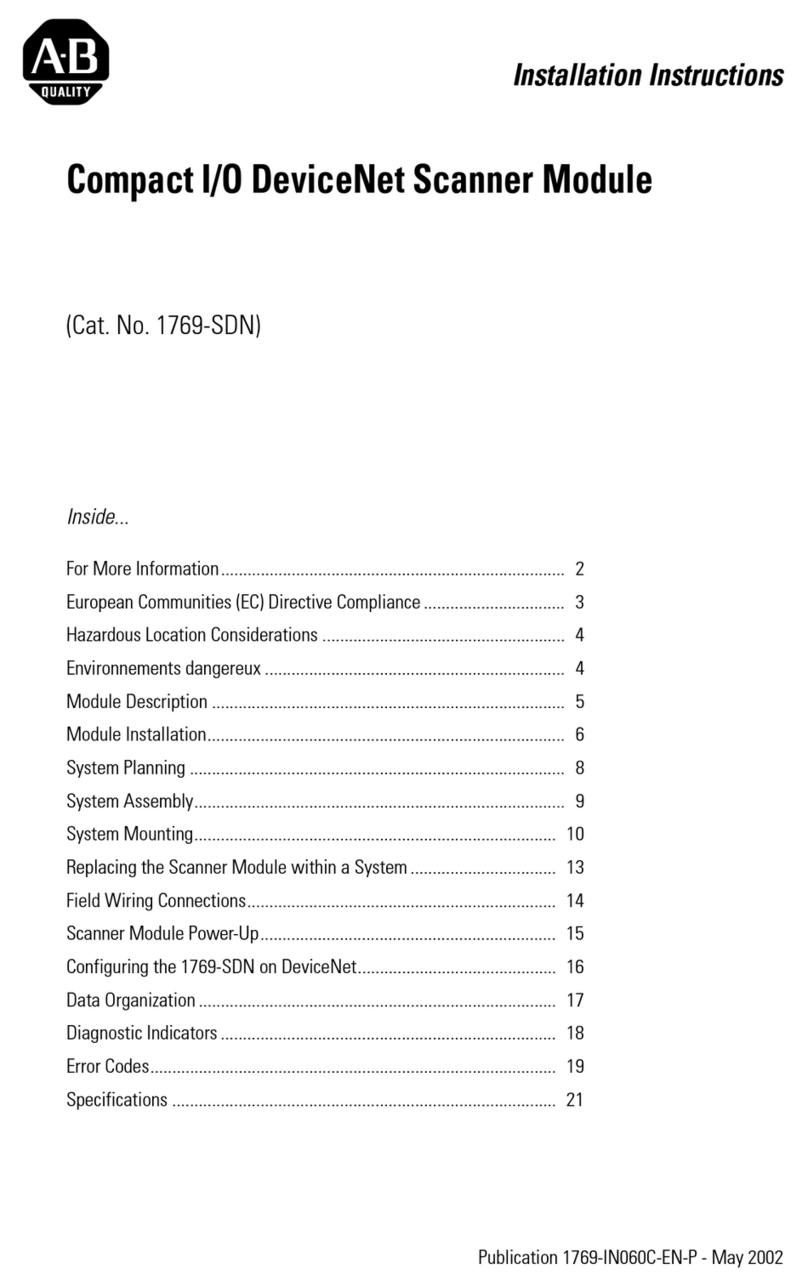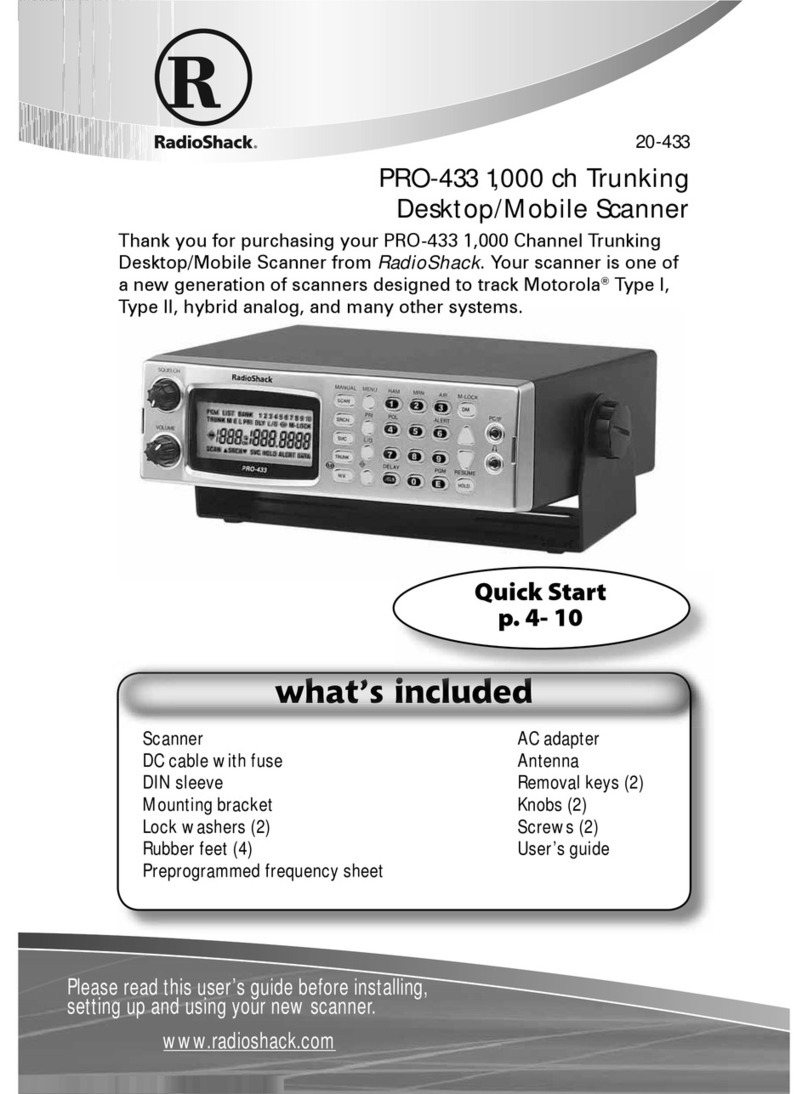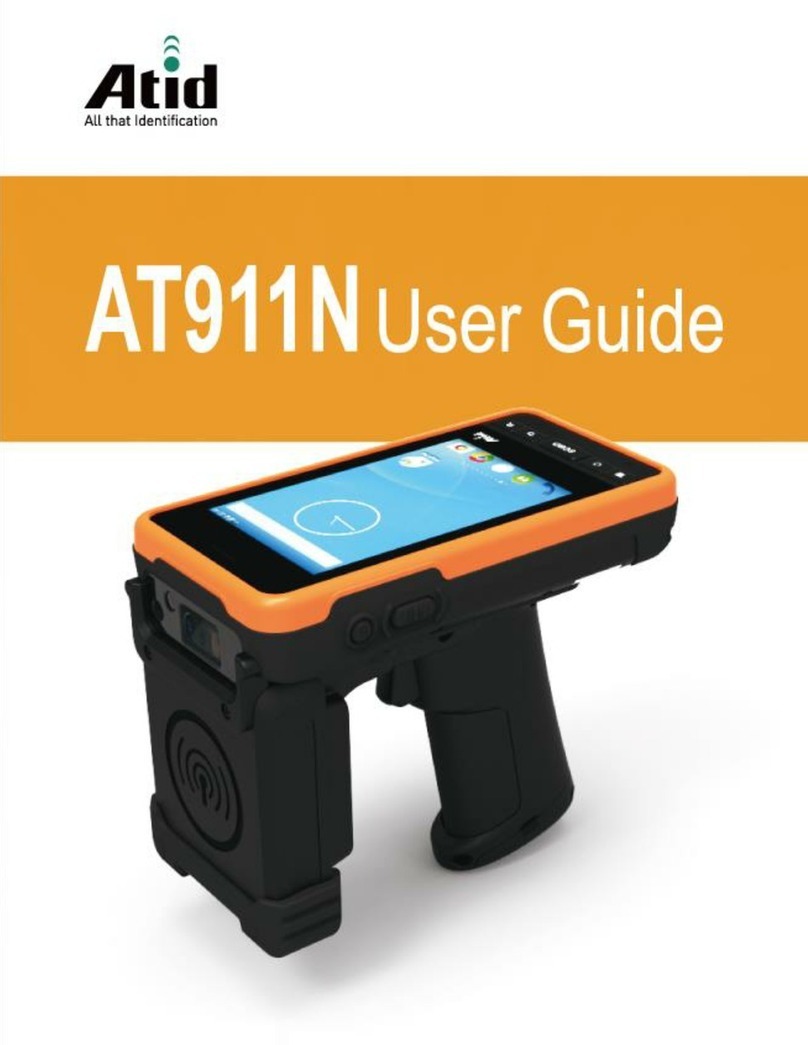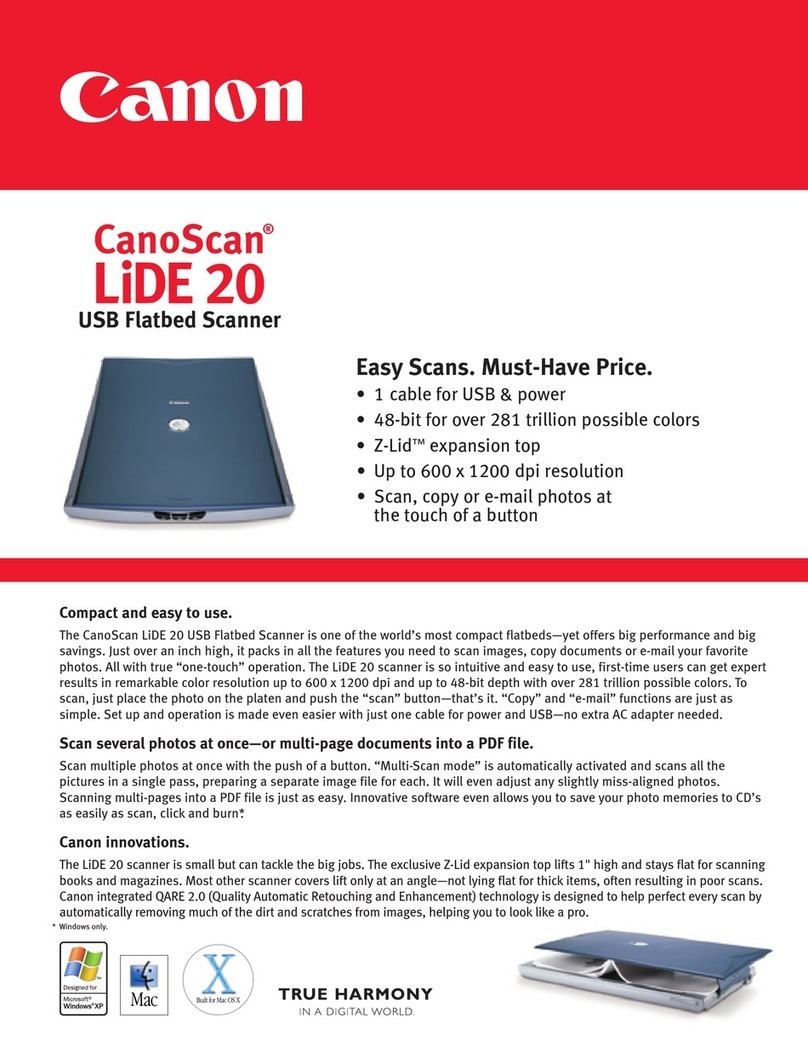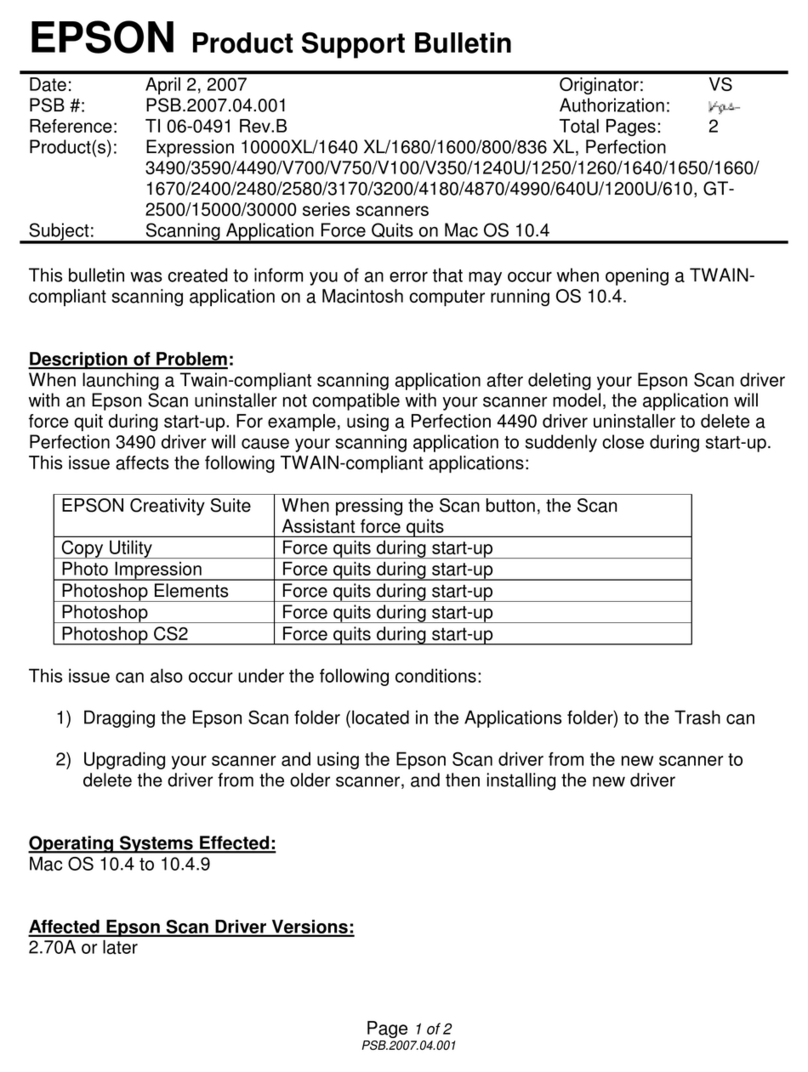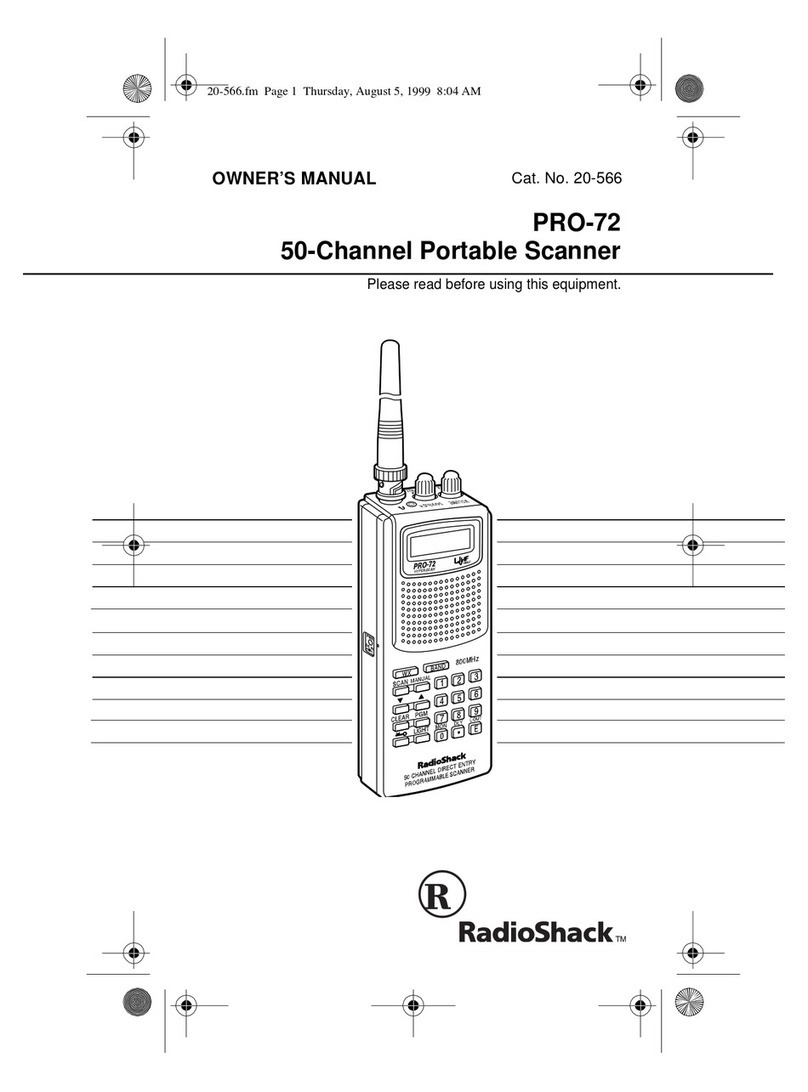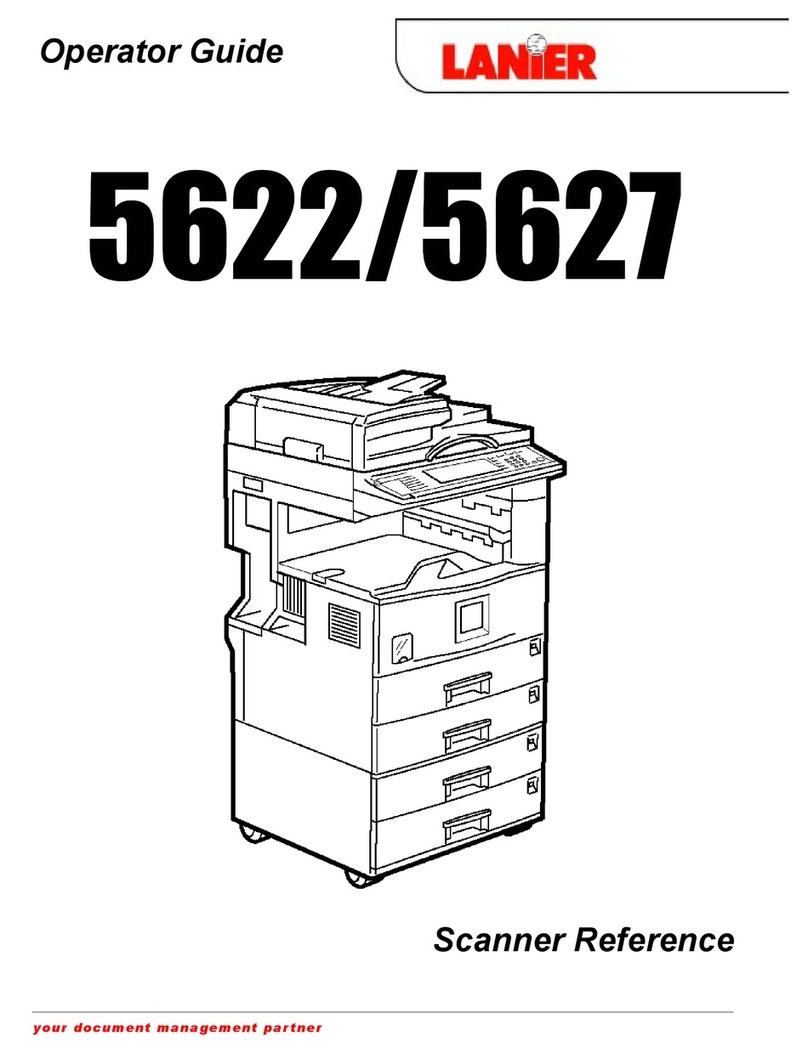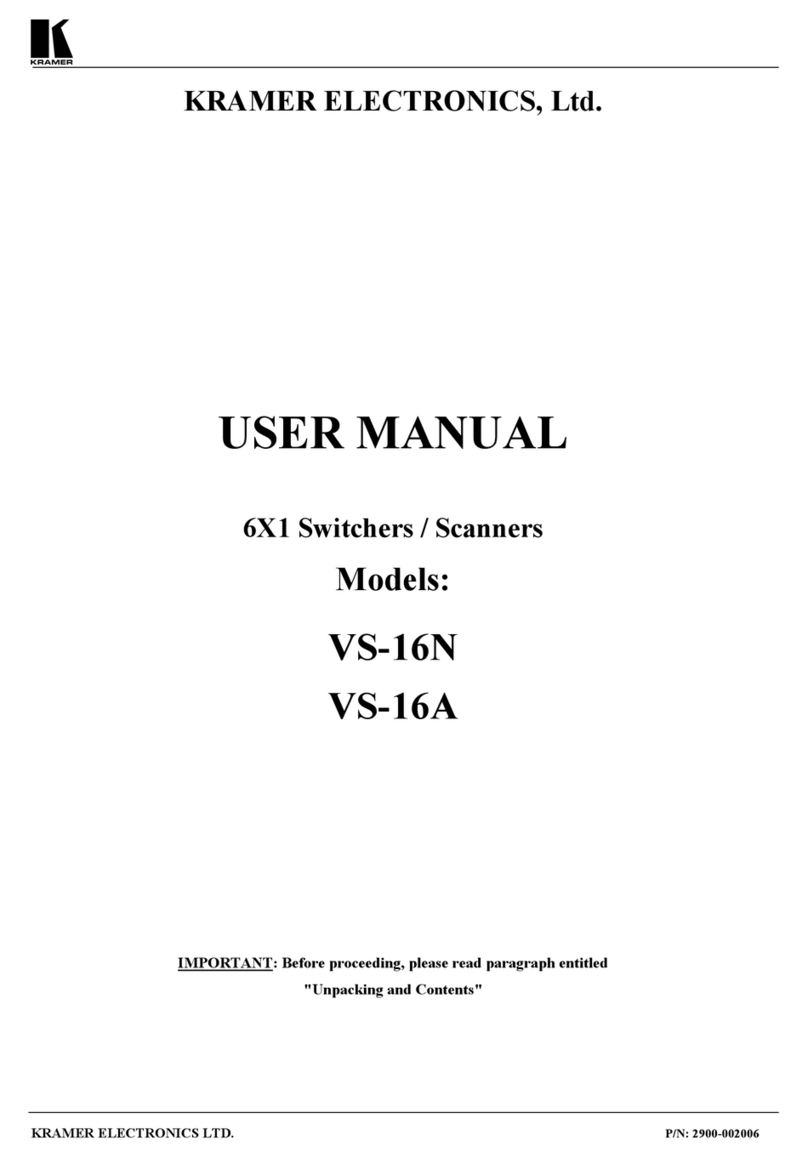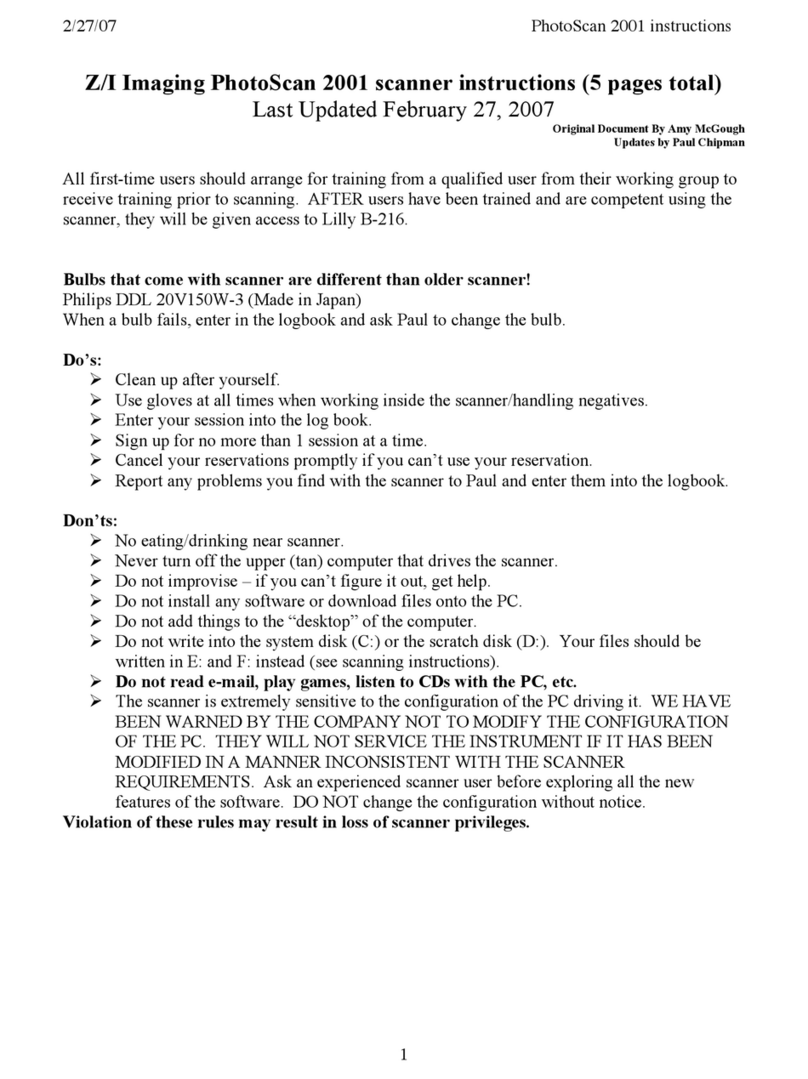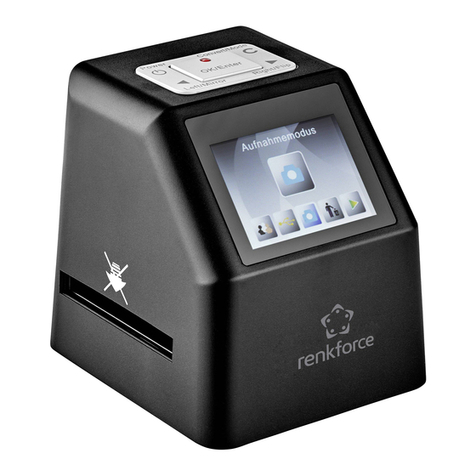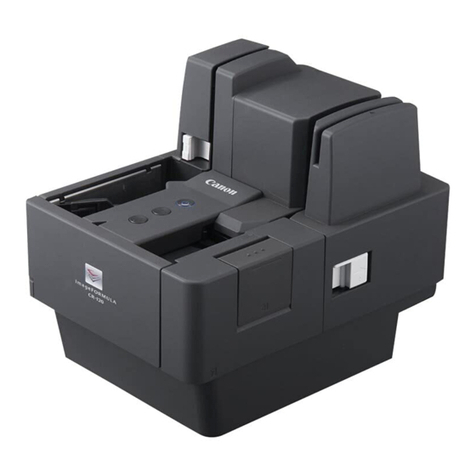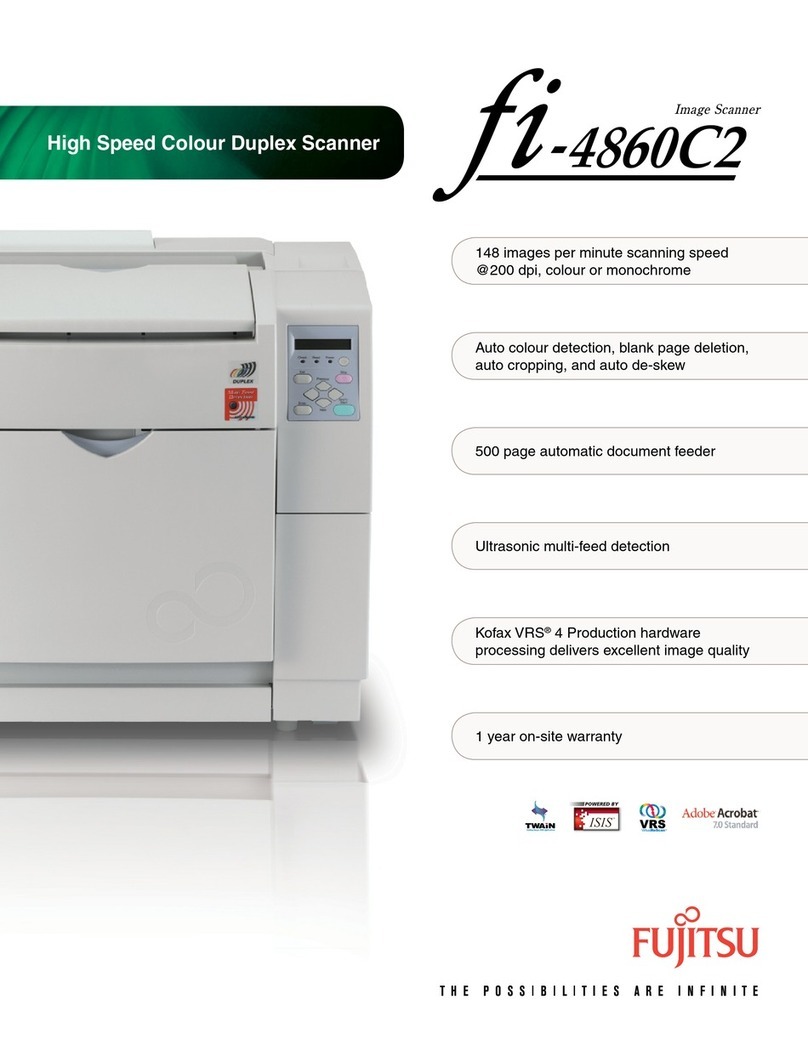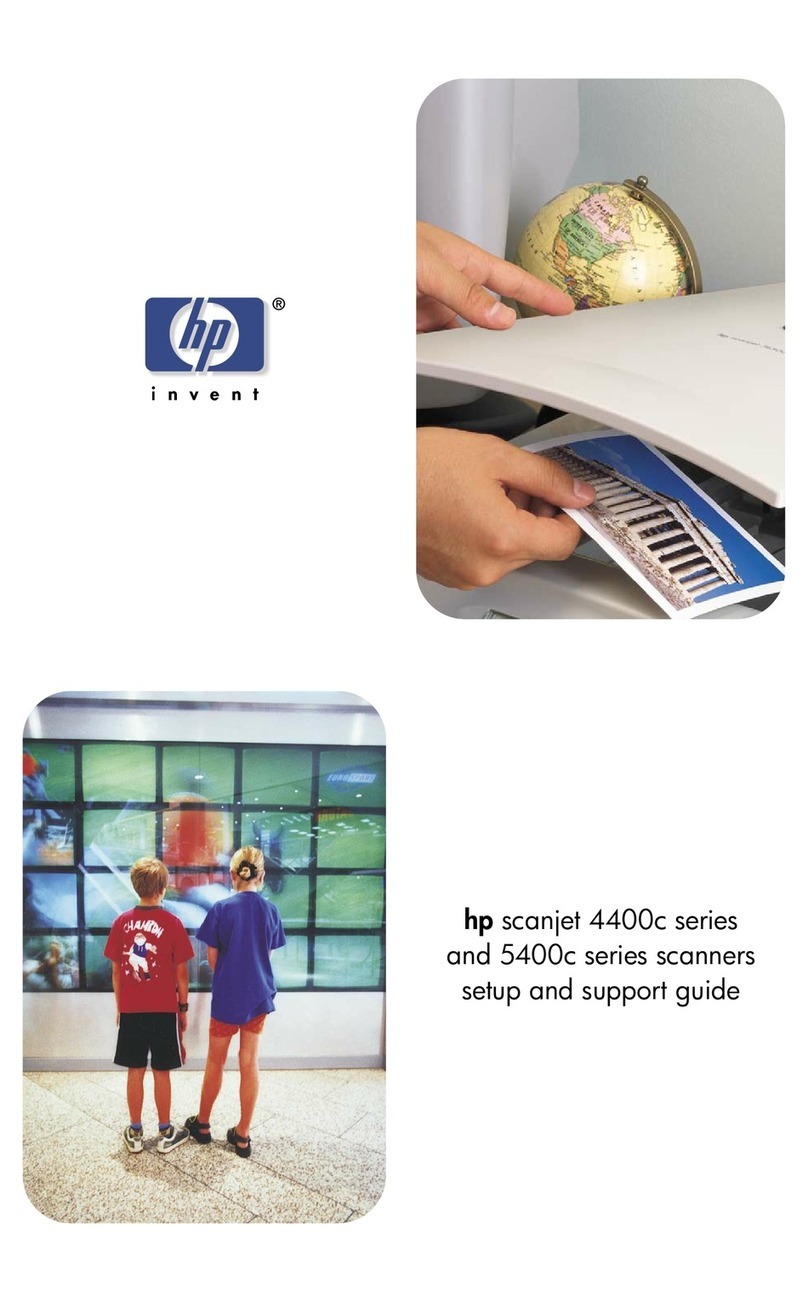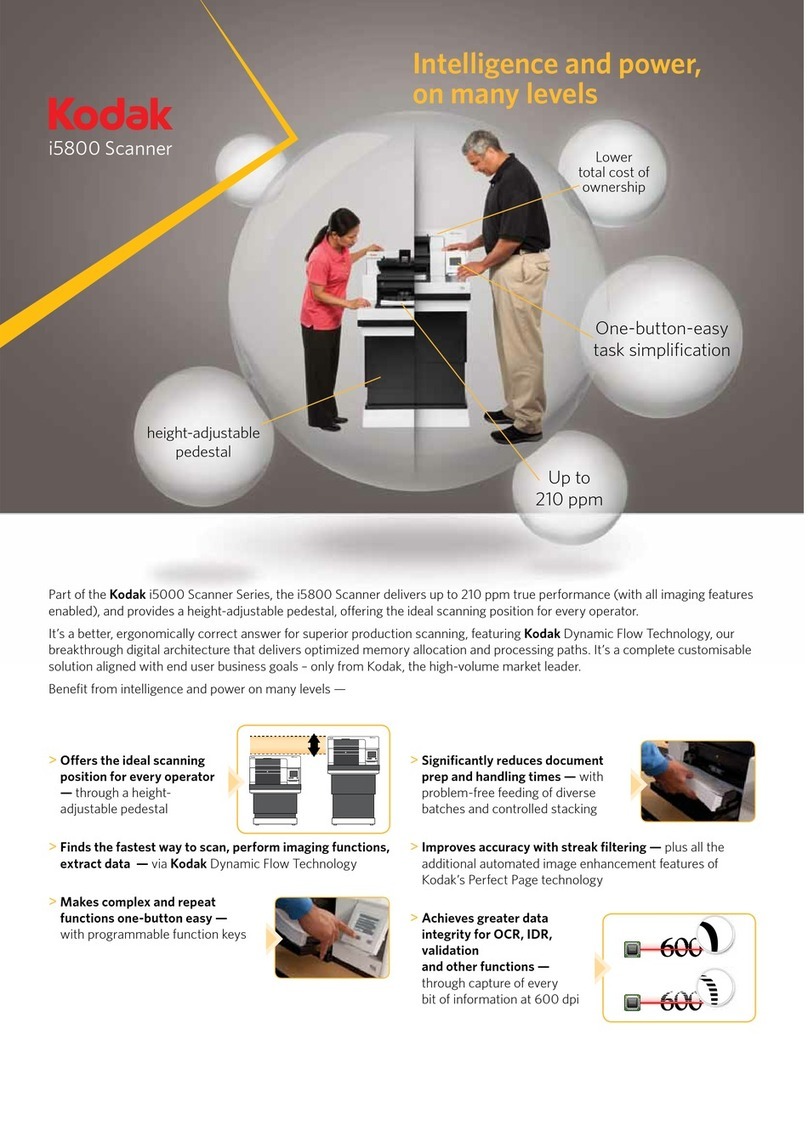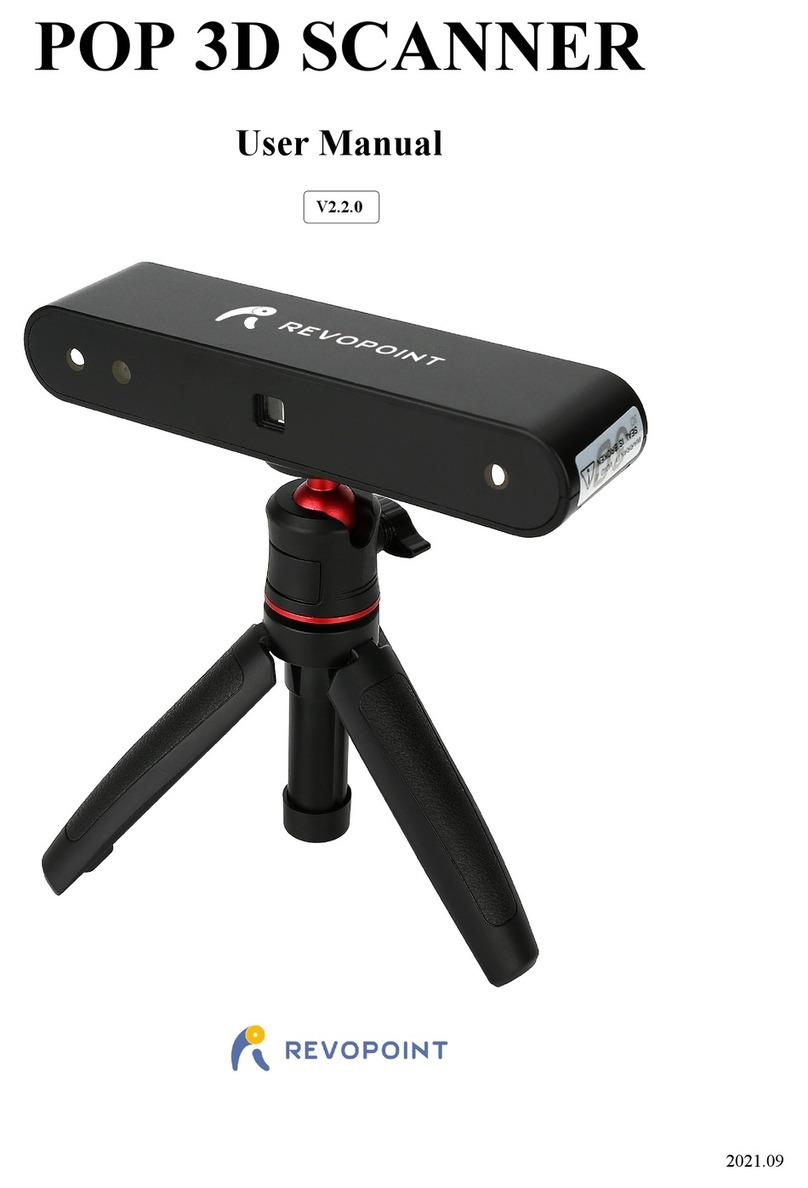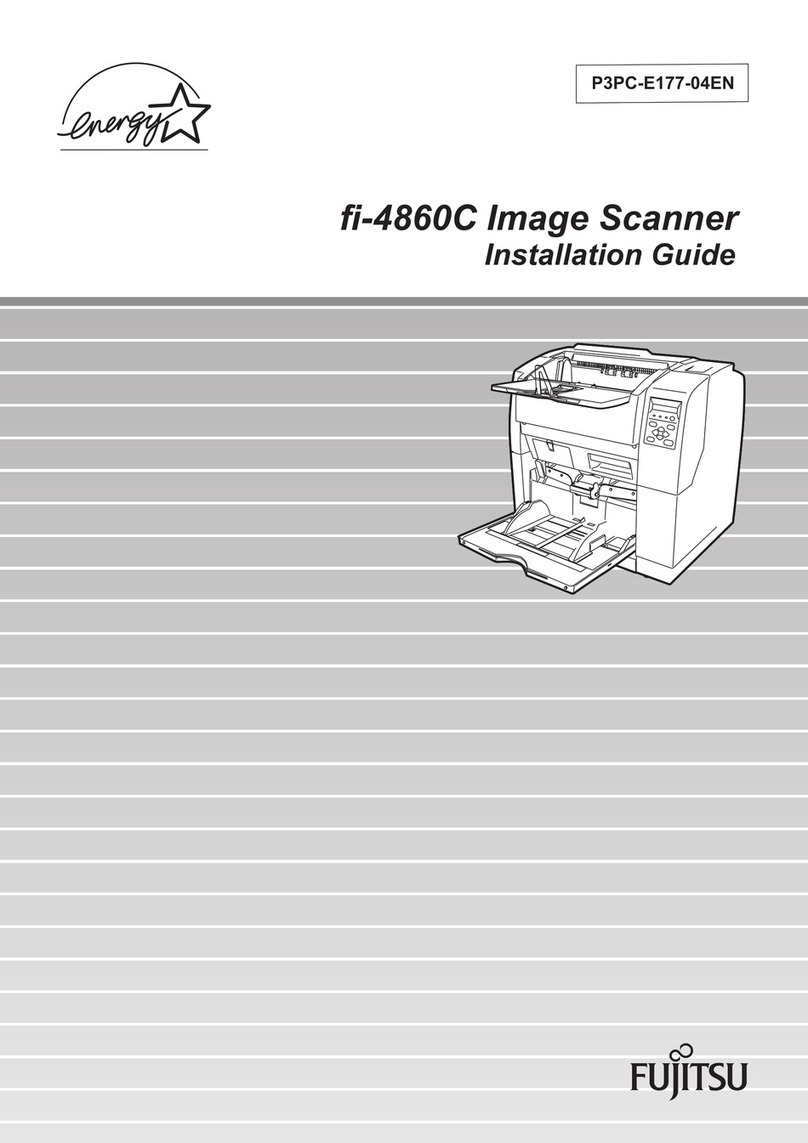
8Rockwell Automation Publication 442L-UM005C-EN-P - October 2022
Symbols describe the status of a status indicator:
Who Should Use This
Manual
This user manual is intended for planning engineers, machine designers, and
the operators of machines and systems that are to be protected by one or
several SafeZone Mini safety laser scanners. This manual is also for people who
integrate or initialize SafeZone Mini safety laser scanners into a machine,
system, or vehicle, or for people who are in charge of servicing and
maintaining the safety laser scanner.
Summary of Changes This publication contains the following new or updated information. This list
includes substantive updates only and is not intended to reflect all changes.
Additional Resources These documents contain additional information concerning related products
from Rockwell Automation.
You can view or download publications at rok.auto/literature.
Symbol Description
The OSSDs in the off-state status indicator illuminates continuously.
The Error/contamination status indicator is flashing.
The Warning Field Interrupted status indicator is off.
Information is displayed in the software to indicate which settings you can make in the Safety
Configuration and Diagnostic (SCD) software.
Topic Page
Updated Safety Notes and Protective Measures 10
Updated Monthly Testing 64
Updated Table 20 78
Updated Declaration of Conformity 91
Resource Description
EtherNet/IP Network Devices User Manual, publication ENET-UM006 Describes how to configure and use EtherNet/IP™ devices to communicate on the
EtherNet/IP network.
Ethernet Reference Manual, publication ENET-RM002 Describes basic Ethernet concepts, infrastructure components, and infrastructure features.
System Security Design Guidelines Reference Manual, publication
SECURE-RM001
Provides guidance on how to conduct security assessments, implement Rockwell
Automation products in a secure system, harden the control system, manage user access,
and dispose of equipment.
UL Standards Listing for Industrial Control Products,
publication CMPNTS-SR002 Assists original equipment manufacturers (OEMs) with construction of panels, to help ensure
that they conform to the requirements of Underwriters Laboratories.
American Standards, Configurations, and Ratings: Introduction to
Motor Circuit Design, publication IC-AT001 Provides an overview of American motor circuit design based on methods that are outlined
in the NEC.
Industrial Components Preventive Maintenance, Enclosures, and Contact
Ratings Specifications, publication IC-TD002 Provides a quick reference tool for Allen-Bradley industrial automation controls and
assemblies.
Safety Guidelines for the Application, Installation, and Maintenance of
Solid-state Control, publication SGI-1.1
Designed to harmonize with NEMA Standards Publication No. ICS 1.1-1987 and provides
general guidelines for the application, installation, and maintenance of solid-state control in
the form of individual devices or packaged assemblies incorporating solid-state
components.
Industrial Automation Wiring and Grounding Guidelines, publication 1770-4.1 Provides general guidelines for installing a Rockwell Automation industrial system.
Product Certifications website, rok.auto/certifications. Provides declarations of conformity, certificates, and other certification details.
